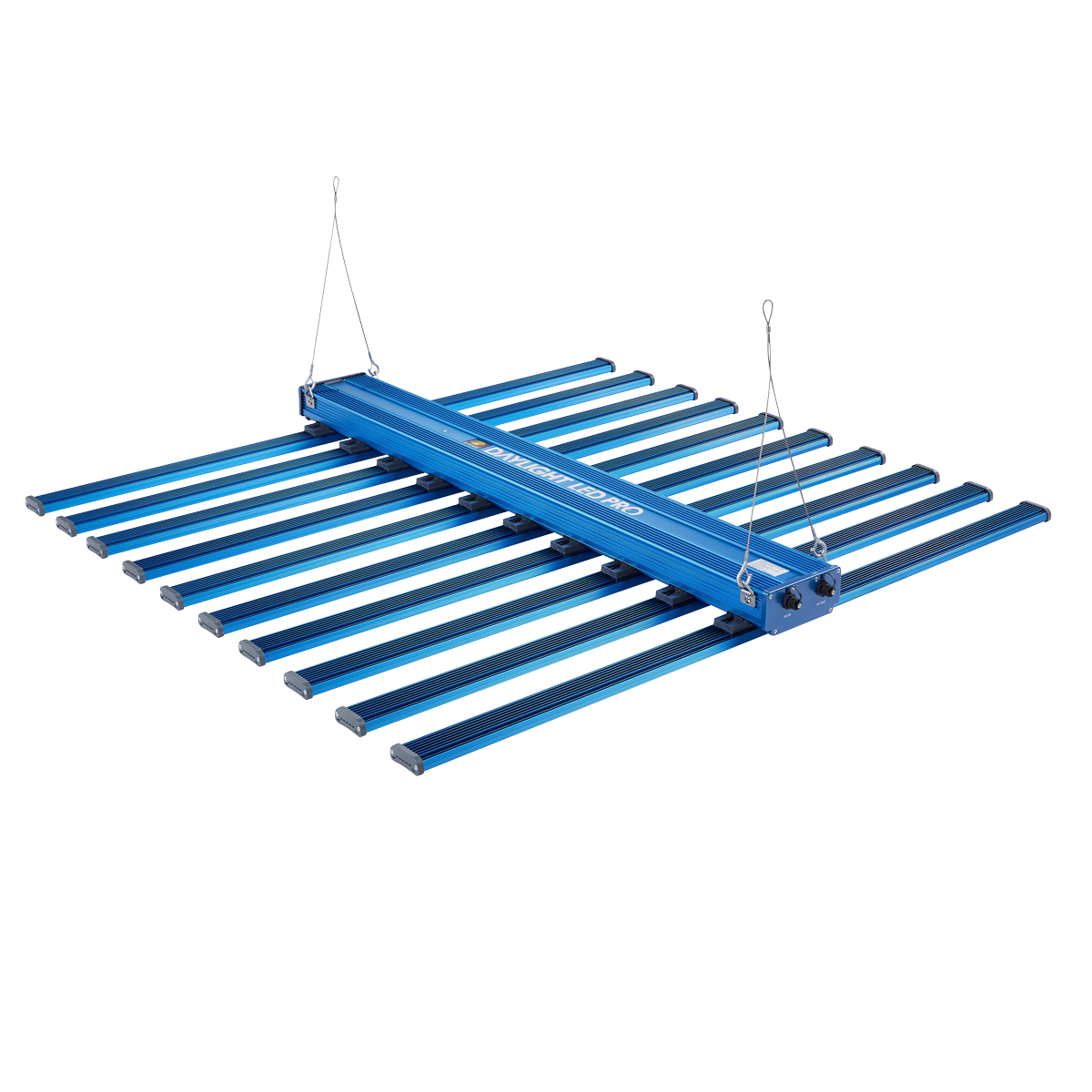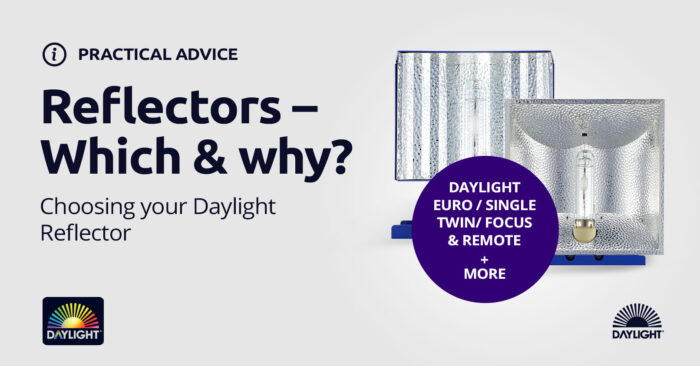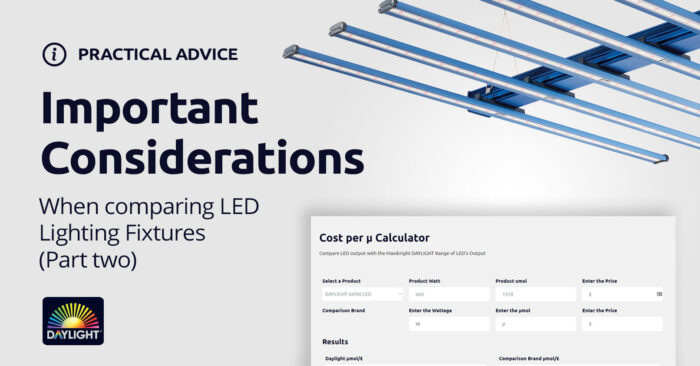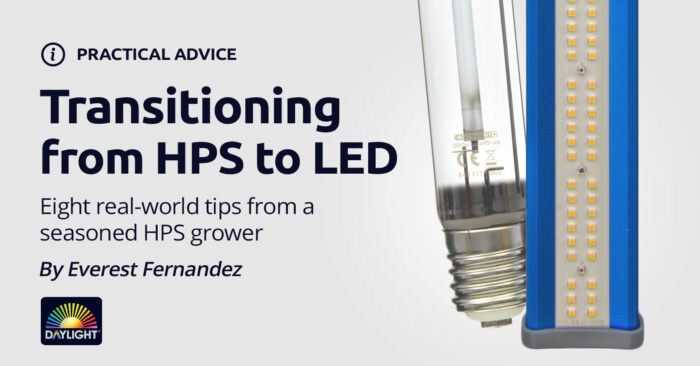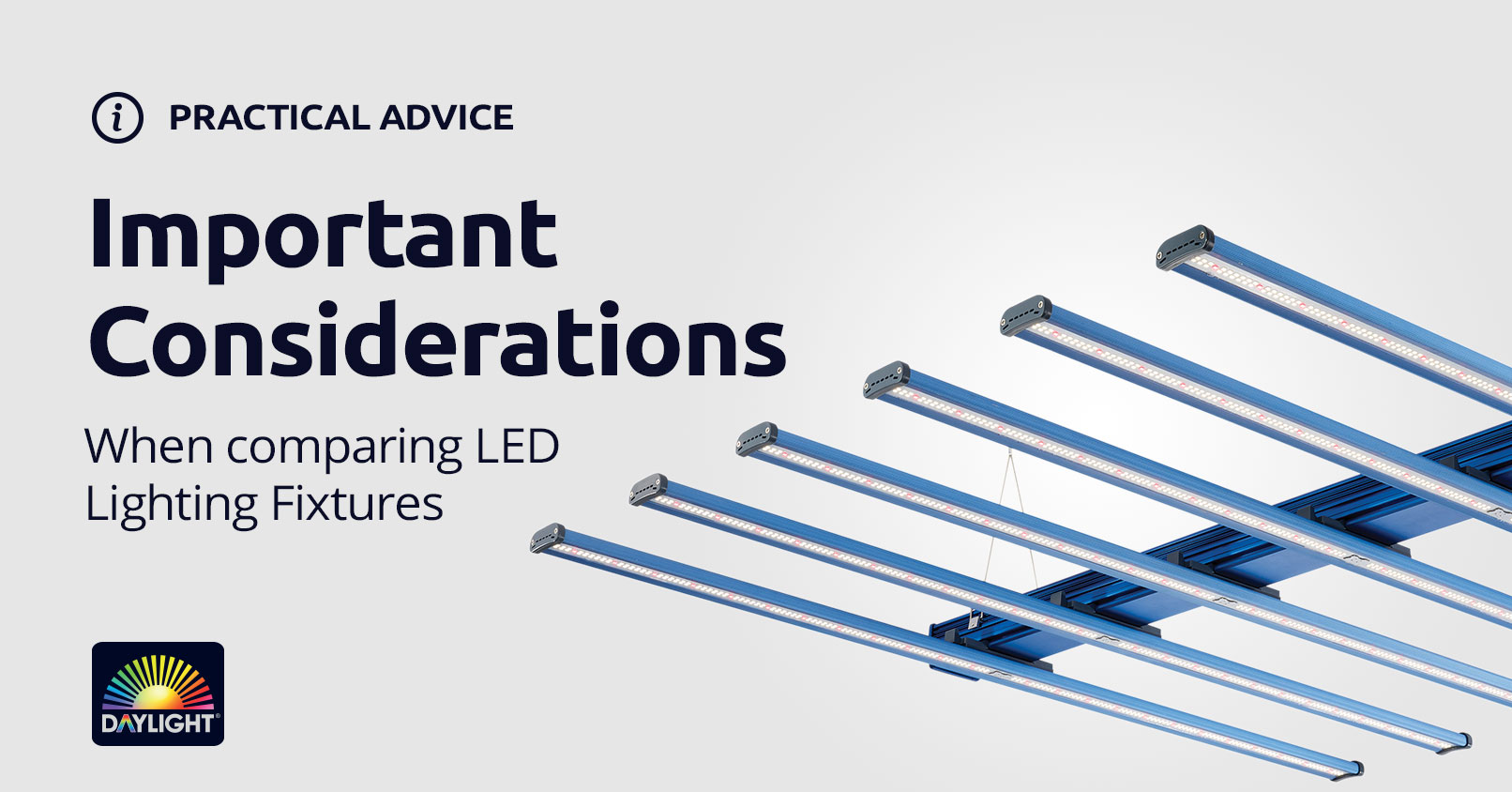
Important considerations when comparing LED lighting
When it comes to LED lighting fixtures, not only is there a wide range of products to choose from, but also a multitude of other important factors to consider. After all, a good LED unit is a serious investment!
Cost vs output
When purchasing an LED fixture, you are essentially buying light! You can calculate how much light you are buying by simply dividing PPF (Photosynthetic Photon Flux) by the cost of the unit in Pounds. PPF measures the total amount of PAR (Photosynthetically Active Radiation) that is produced by a lighting system per second. This is all very technical stuff, so here’s an example:
If an LED Fixture has a PPF of 1518 μmol/s and costs £800, you would divide 1518 by 800. This gives a value of 1.9 μmol/s for each pound you have spent.
Fixture efficiency
One of the most common metrics you will see used with LED fixtures is the “fixture efficiency”, but what does this actually mean? In layman’s terms, this is how much energy is turned into light. This too can be calculated yourself by dividing the PPF of a fixture by the wattage. Here’s an example:
If an LED Fixture has a PPF of 1518 μmol/s and the wattage is 660W, you would divide 1518 by 660. This gives a value of 2.3 μmol/s for every Watt used, or to make it even simpler 2.3 μmol/J . J stands for Joules which is a unit of measurement for energy. The higher the value, the better the efficiency.
Quality
The first thing to consider off the bat is the general feel and quality of the unit. This may sound obvious, however it’s important to take the time to test the physicality of the fixture you are looking to buy. Does it feel well built? Is it made by a quality manufacturer? Will it complement the colour scheme of your grow room? Okay, maybe not the last one, but you get the drift. Be sure to check the overall build quality of a unit, before you buy it.
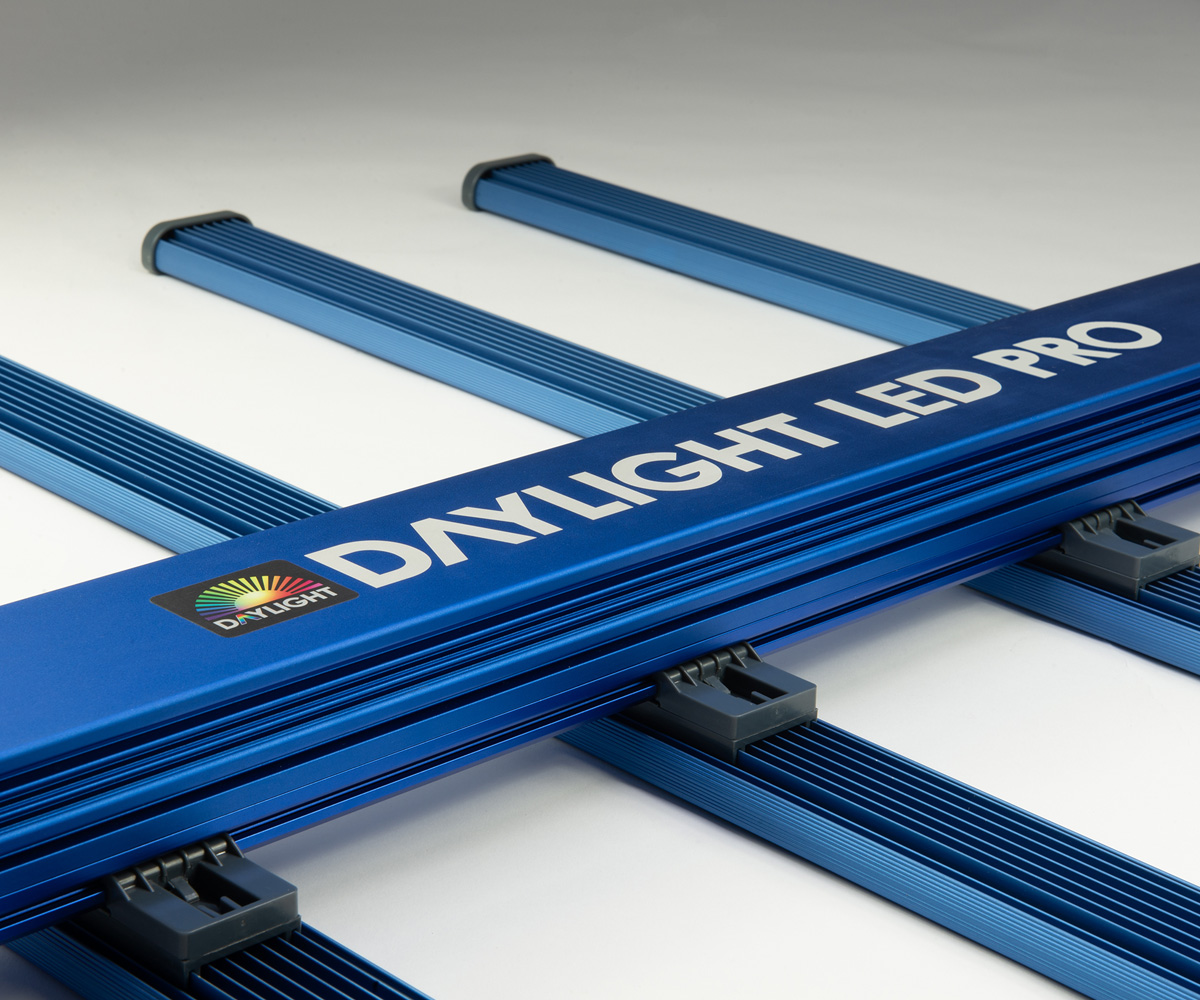
Product guarantee
An incredibly important aspect of purchasing an LED unit is the aftercare from the supplier & manufacturer of your chosen fixture. Do they have a decent guarantee period? Are they easy to get in touch with if you need some support? Are spares available easily?
What spectrum of light are you buying?
Technically speaking, this should be one of the primary things you look out for in an LED unit; after all, you are buying light, so you need to make sure that light has the correct spectrum of light for your needs! Sounds confusing, but over recent years growers have realised that full spectrum lighting with good amounts of red and blue light is important for optimum results. This means the light emitted by your fixture is as close as possible to the natural spectrum of the sun which as we all know, is pretty good at growing healthy plants!
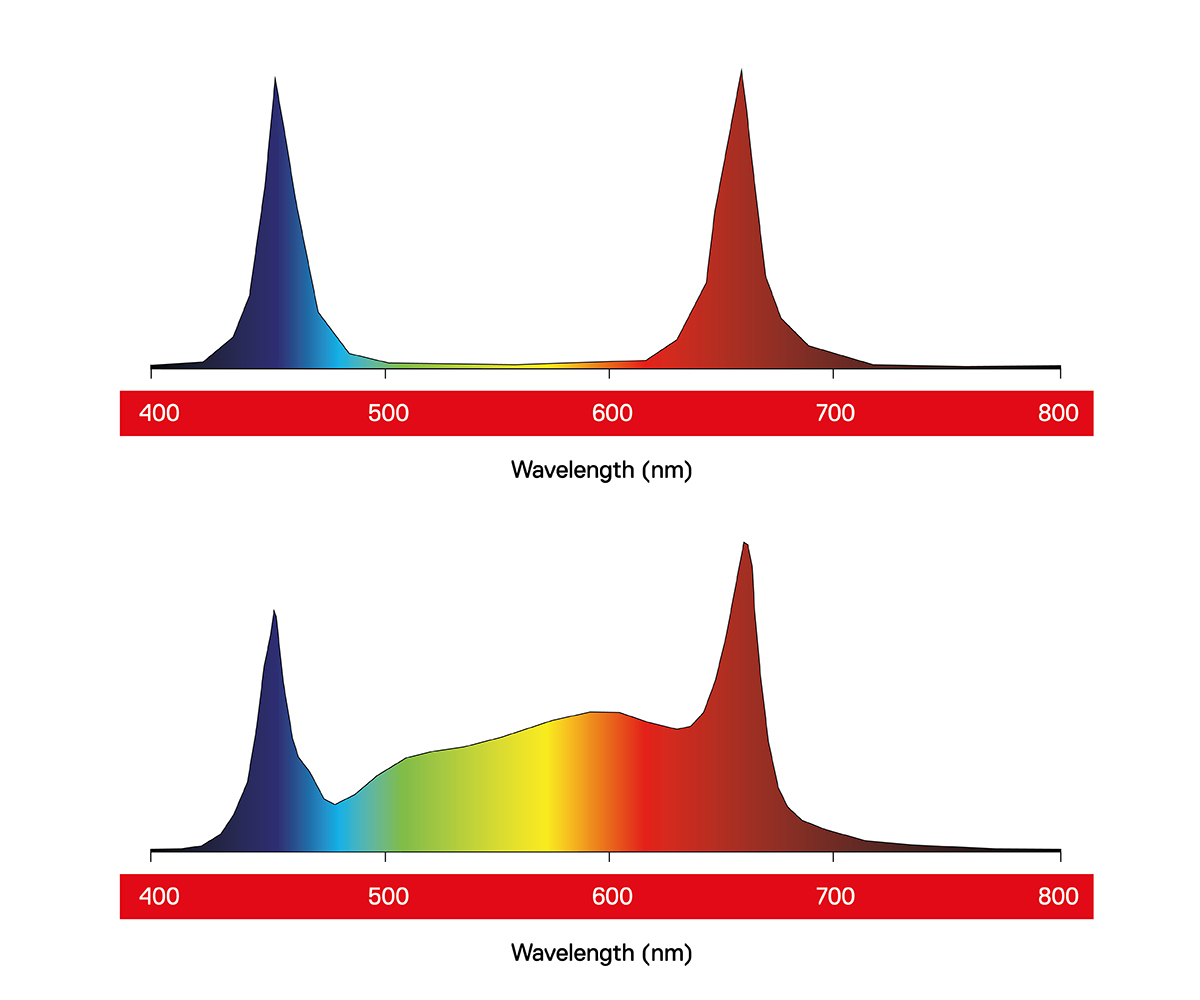
Distribution of light
Secondly to the spectrum of your LED fixture, it is also important to consider the distribution of light that you will get. This means what area your LED will cover with beautiful, full spectrum light and how evenly said area will be lit. This is where LEDs really come into their own over traditional HID or compact LED fixtures that use lenses to distribute light, which can reduce the overall efficiency and therefore the quality of your grow!
An even distribution of light is important to achieve even growth over your growing area.
Fans/moving parts
The bane of growers since the dawn of the hydroponic industry has been heat and noise with large amounts of heat generated by high intensity horticultural lighting, and noisy extraction fans. With LEDs heat is still a factor, but with a high-quality unit it needn’t be a concern! High quality LED units will often use passive heat dissipation, where heat is removed using stationary heat sink fins rather than fans. This massively reduces the risk of failure, and the absence of fans eliminates a considerable amount of potential noise from your grow room.
LED fixture features
A fun part of choosing your LED unit is deciding which one has all the bells and whistles best suited to your needs! Is it IP65 rated to protect against humidity and water in your grow room? Is it controllable using a remote dimmer or lighting controller? Does the design allow you to dog-tooth multiple units to utilise a smaller space? Can you link more than one fixture together to really take your grow to the next level?! The features of your LED unit are the little things that can make a big difference to your grow.
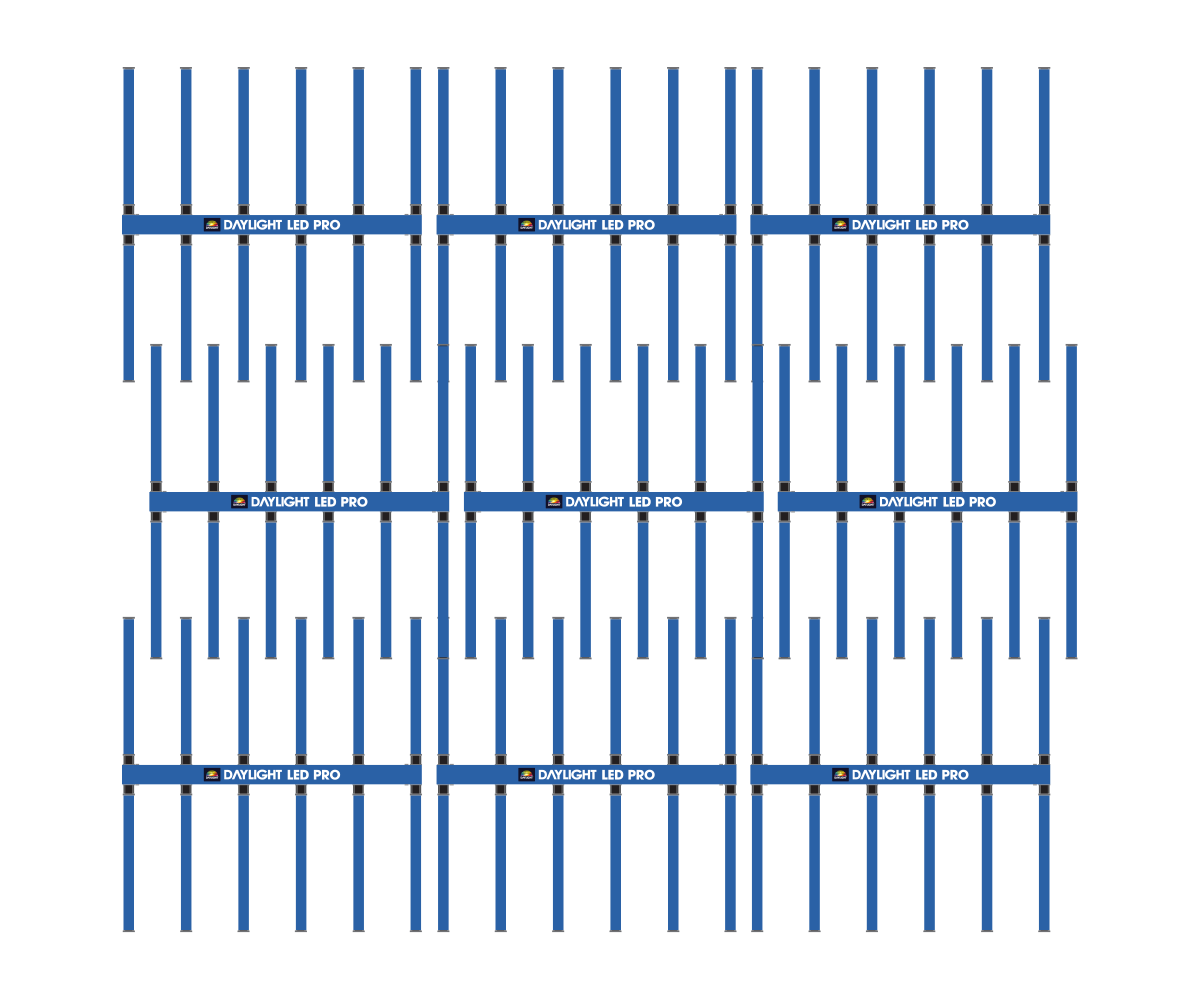
Set up and packaging size
Without a doubt one of the most overlooked things when choosing an LED light is the set up and packaging size of your purchase. How large is the packaging itself, will it fit in your car or through the entrance to your grow room? If you are purchasing multiple units, this could also be an important consideration.
It’s also important to consider how easy it is to set up. Some of the best LED units will come in separate parts in order to fit in a smaller, more convenient box. This is great proving the LED unit is easy to assemble.
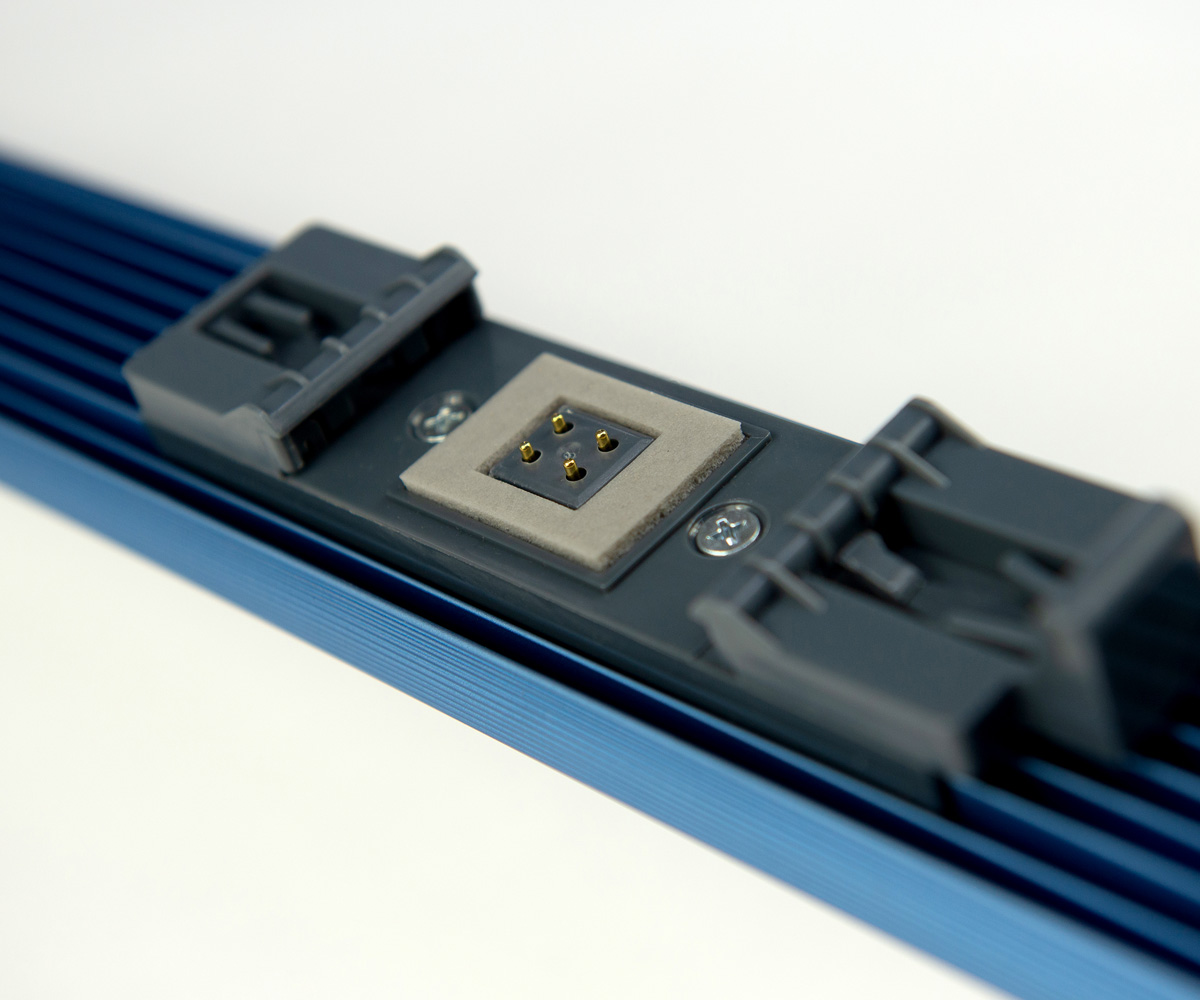
Finally
We hope this guide has been of some help, and that you are now armed with a better knowledge of LED lighting when diving into your first purchase. If you would like to ask us anything about LED grow lights, or any other products in the DAYLIGHT range, please feel free to get in touch using this link Contact us
Found this useful? Please read Important considerations when comparing LED lighting (Part 2) for more info!

